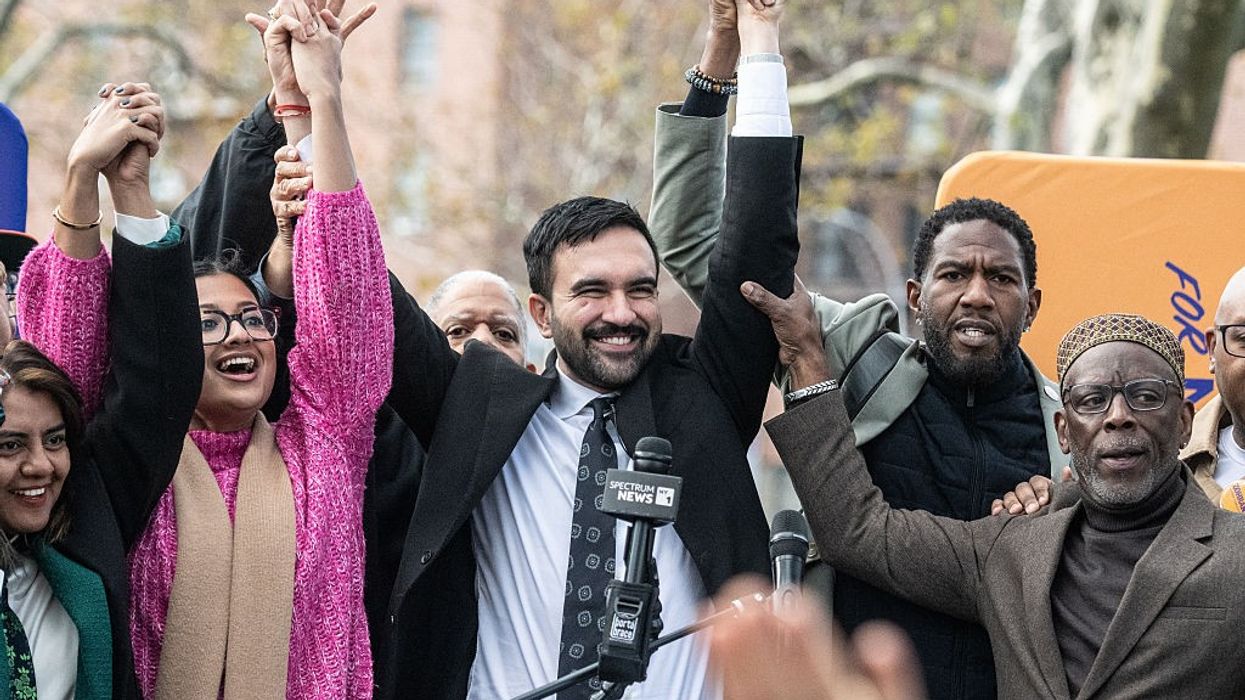For generations, marriage in India has been treated as the cornerstone of society—sacred, stabilizing, and central to a woman’s identity. But beneath the surface of tradition and celebration, a profound shift is underway.
More Indian women are quietly walking away from marriages that no longer serve them—not out of rebellion, but out of clarity and self-respect.
Divorce rates, while still low compared to Western countries, are rising steadily, and even the world of celebrities is no longer immune to public separations. What’s really happening inside Indian marriages, and why are more women choosing to leave? Here’s a long, honest look at the truths behind the statistics.
Divorce in India: The Numbers Behind the Change
India’s divorce rate has historically hovered around 1 per cent, among the lowest in the world. But this number is misleading. According to the National Family Health Survey (NFHS-5, 2019-21), the percentage of divorced or separated women in urban areas is rising, especially among the educated and financially independent.
In metros like Mumbai, Delhi, and Bengaluru, family courts have reported a 30-40 per cent increase in divorce filings over the past decade. The pandemic years saw an even sharper uptick, with lawyers in major cities noting a surge in cases as couples spent more time together at home, exposing cracks that had long been papered over.
Celebrity divorces have also become more visible—from Aamir Khan and Kiran Rao to Samantha Ruth Prabhu and Naga Chaitanya—reflecting a broader cultural shift. While still stigmatized, divorce is no longer unthinkable, especially for women with careers and support systems.
The Loneliness That Lives Inside Togetherness
One of the most difficult truths to articulate is how lonely a woman can feel in a marriage that appears perfect from the outside. Social media is filled with smiling family photos, festive gatherings, and vacation snapshots. Yet, many women describe a deep solitude—sitting next to their husbands but feeling invisible, providing for the family but not being respected, being married but not truly loved.
This loneliness is not sudden. It’s the result of countless moments when her opinions are dismissed, her ambitions minimized, and her needs ignored. Over time, her sense of self erodes, replaced by a quiet ache that no one else seems to notice.

“Stay for the Kids” and the Hidden Costs
A common refrain in Indian households is to “stay for the children.” But what do children really learn from witnessing an unhappy marriage? They see their mothers being overruled, doing everything and still being criticized, or crying behind closed doors before putting on a brave face at dinner. Children internalize these lessons: that love means endurance, that a woman’s pain should be hidden, and that men need not change as long as women keep adjusting.
The real question isn’t whether divorce will harm the child, but what the marriage is teaching them about love and respect. Sometimes, the most loving act a mother can do is to model self-respect by leaving a situation that diminishes her.
Abuse Doesn’t Always Leave Bruises
Not all abuse is physical. Emotional cruelty—gaslighting, mockery, blame—can be just as damaging, though it leaves no visible scars. Many Indian women endure years of being told they’re “too sensitive,” “imagining things,” or “the problem.” This form of abuse is harder to name and easier for society to dismiss, but it slowly erodes confidence and identity.
The control disguised as care, the contempt masked as tradition—these are the invisible injuries that push women to the edge. By the time a woman leaves, she may not recognize herself, but she knows she deserves better.
The Trap of the “Almost Good” Marriage
What keeps many women stuck is not an obviously terrible marriage, but one that “almost works.” The husband isn’t violent, just emotionally absent. He doesn’t insult, but he doesn’t engage. The relationship isn’t toxic, just empty. Society gaslights women in these situations: “He’s a good man,” “He doesn’t cheat,” “You have stability, what more do you want?”
But peace is more than the absence of chaos, and a life without violence is not the same as a life with love. Increasingly, women are refusing to spend decades in the grey zone of “not bad enough to leave, but never good enough to stay.”
The Rise of Women’s Agency
The rise in divorce rates is closely tied to women’s education, financial independence, and changing aspirations. According to the 2021 Census data, the number of single women in India—never married, divorced, or widowed—has grown by 39 per cent in the last decade. By 2030, it’s estimated that 45% of Indian women will be single, a figure unimaginable a generation ago.
Women are no longer willing to perform roles that erase them. They are seeking marriages where both partners grow, both voices matter, and both identities are honored. When that’s not possible, they are choosing to leave, demanding respect—not pity—for their decision.
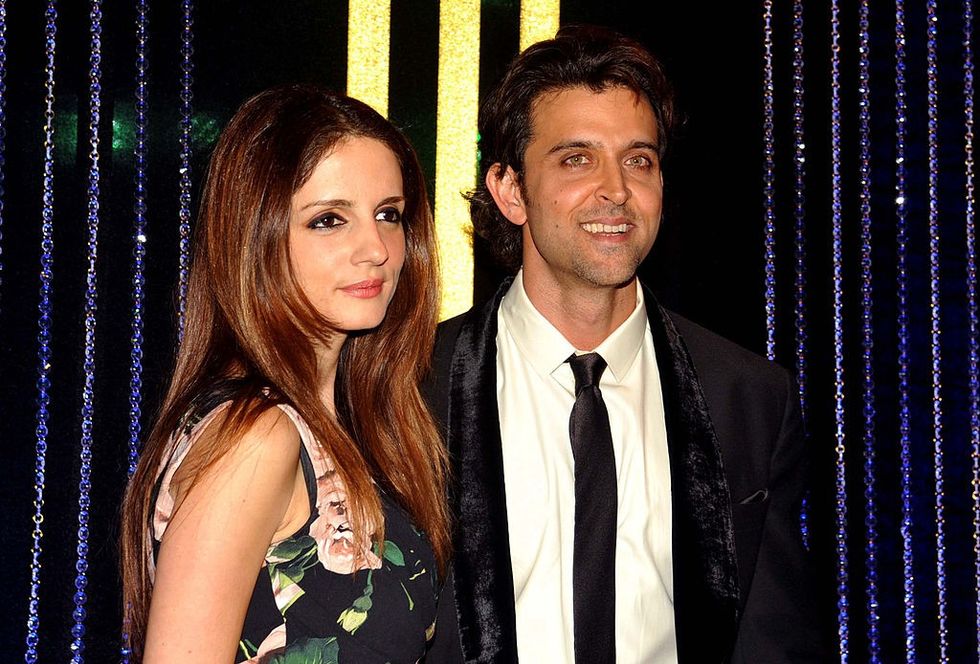
Celebrity Divorces: Breaking the Taboo
The public lives of celebrities have played a significant role in normalizing divorce. When high-profile couples like Hrithik Roshan and Sussanne Khan, or Arbaaz Khan and Malaika Arora, separate amicably and continue to co-parent, it sends a message: divorce is not the end of dignity or family. Their stories, widely covered in the media, have helped reduce the stigma for ordinary women contemplating similar choices.
What’s Really Breaking: The Lie, Not the Institution
The institution of marriage in India isn’t dying—what’s dying is the myth that women will endlessly endure marriages that starve them of joy, voice, and dignity. The women leaving are not failures; they are the proof that silence is no longer the currency of survival. Their departures are not acts of destruction, but of creation—of new lives, new possibilities, and a new honesty about what marriage should be.
The Path Forward: Redefining Marriage
This is not a call to abandon marriage, but to stop romanticizing it at the expense of women’s well-being. For marriage to remain meaningful, it must become a space where both partners are seen, heard, and allowed to grow. It cannot be a place where one person’s comfort is built on the other’s erasure.
Women must be allowed to leave when the cost is their spirit, and they must be respected—not pitied—when they do. What’s being born in place of the old model is not chaos, but a more honest, equitable way of living.
The quiet revolution unfolding in Indian marriages is not about rejecting love or family, but about choosing truth over tradition, peace over performance, and selfhood over silence. As more women find the courage to walk away from what no longer serves them, they are not breaking society—they are remaking it, one honest choice at a time.
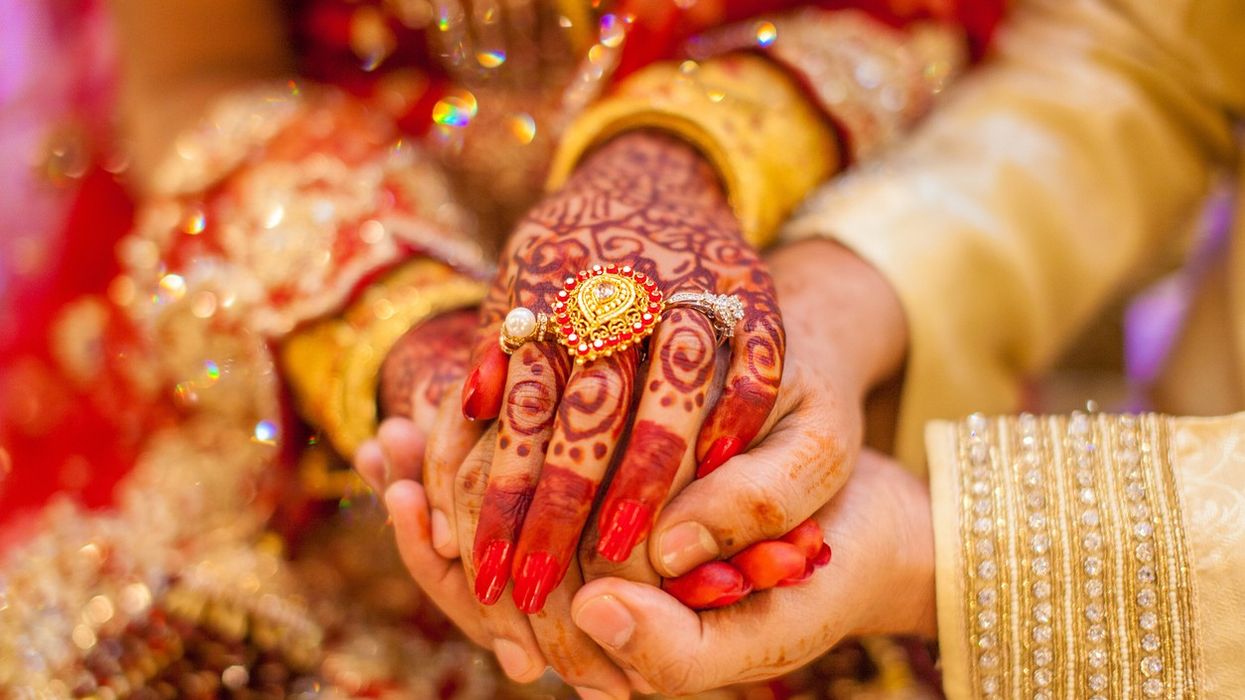





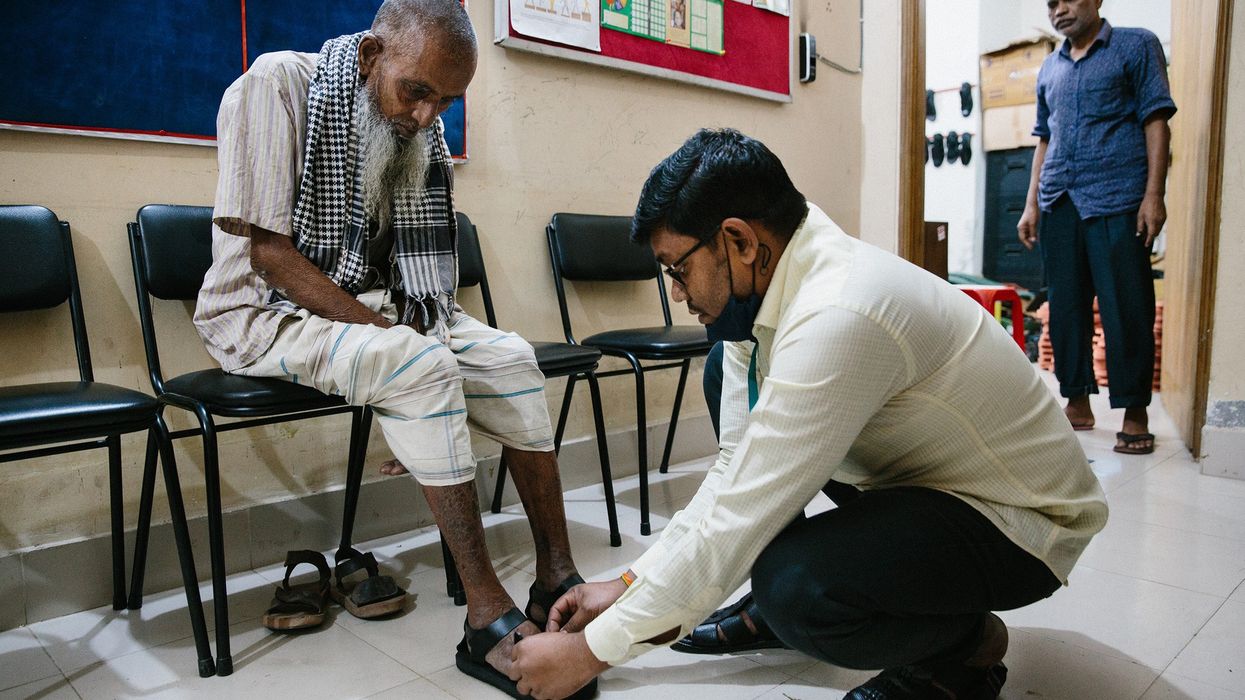
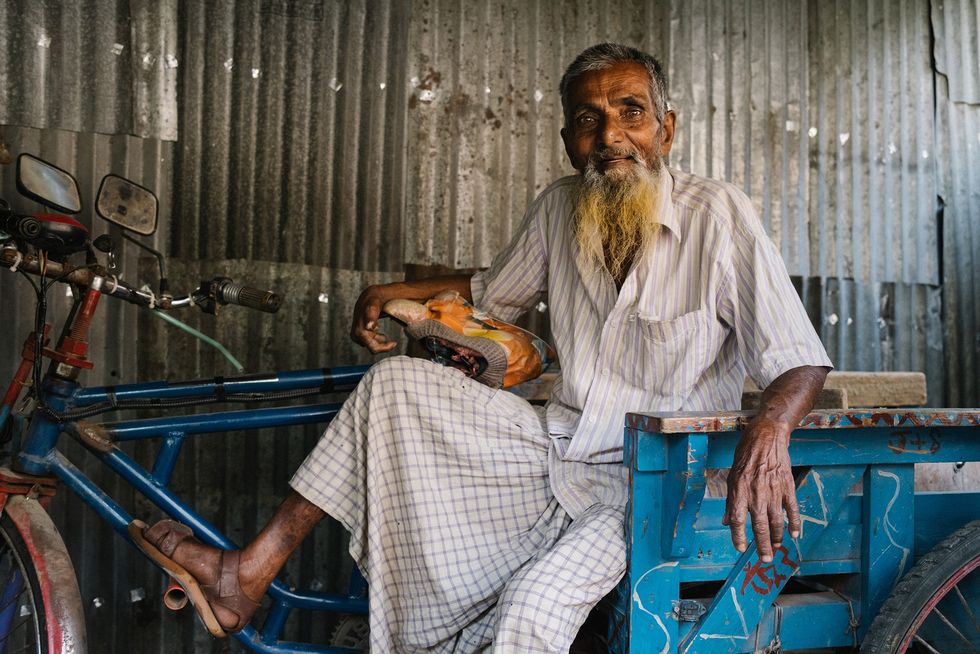 Haider
Haider
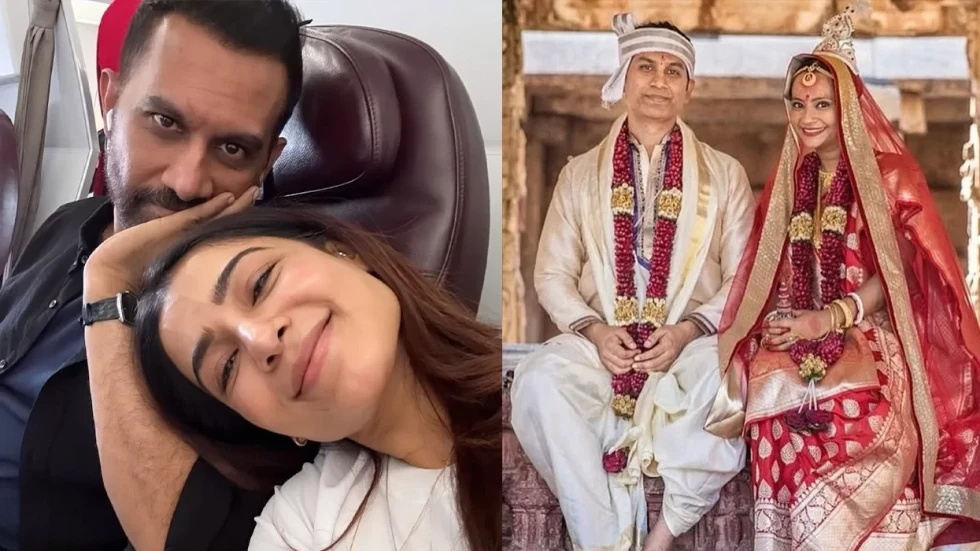




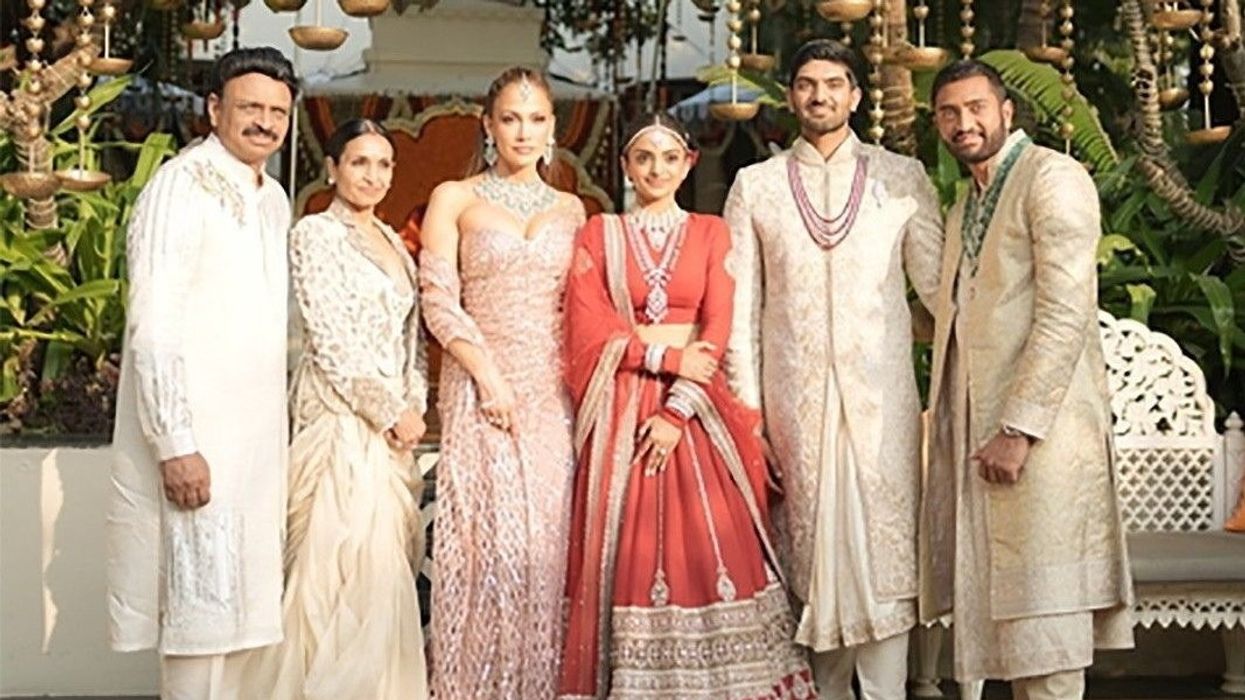
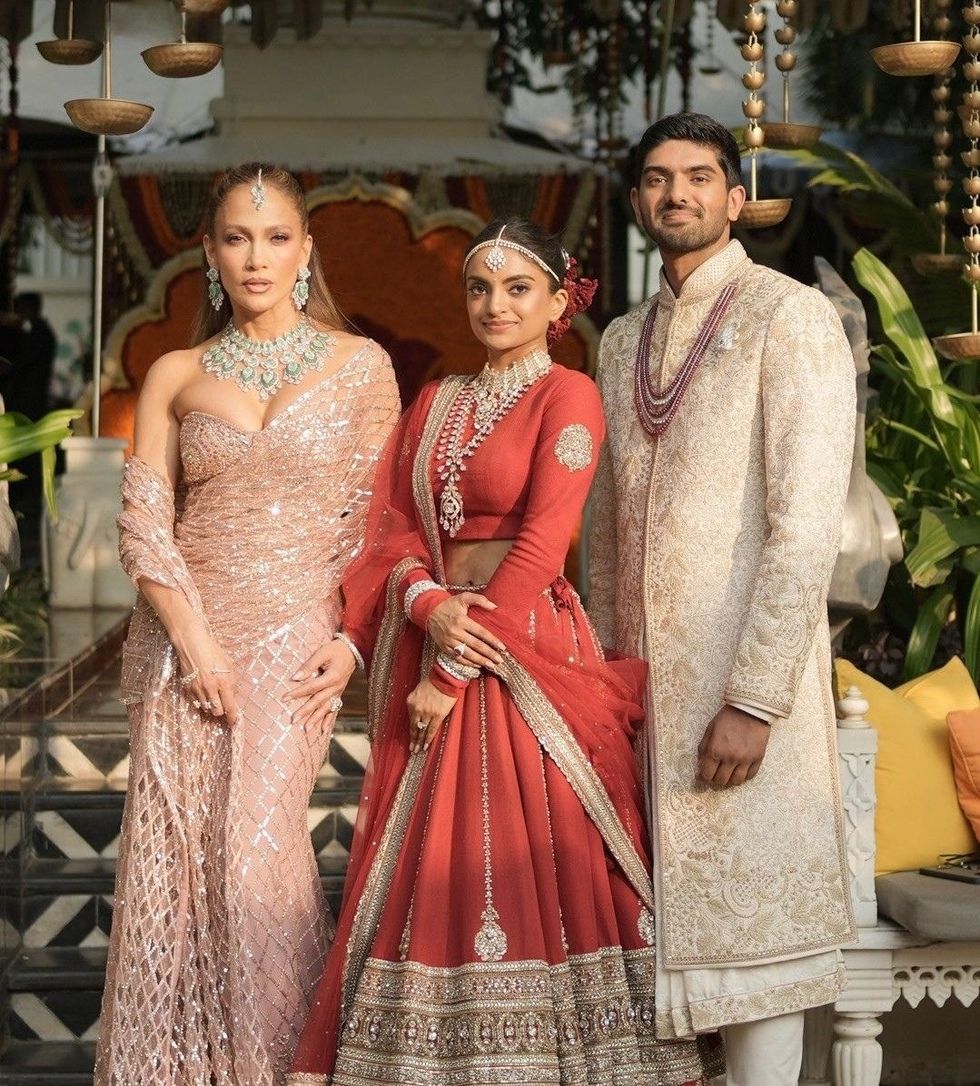 Jennifer Lopez (L), bride Netra Mantena (C) and groom Vamsi Gadiraju (R)X/@thestatevi26526
Jennifer Lopez (L), bride Netra Mantena (C) and groom Vamsi Gadiraju (R)X/@thestatevi26526

